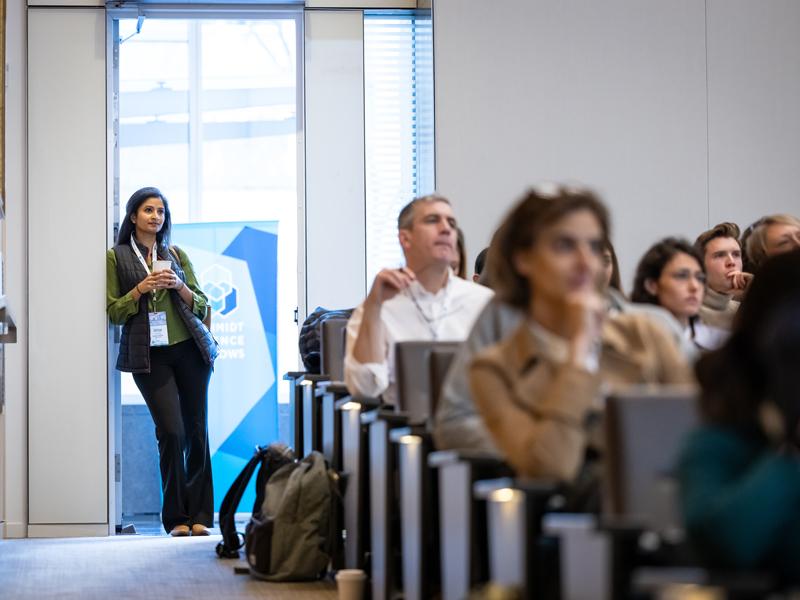It is not difficult to find advocates for interdisciplinary research among the scientific research community. Most in academia recognise the potential of cross-disciplinary approaches to develop innovative solutions to complex real-world problems, such as climate change and healthcare. And yet barriers to interdisciplinary research remain.
Stu Feldman, co-CEO and chief scientist at Schmidt Futures, a philanthropic initiative founded by Eric and Wendy Schmidt to encourage interdisciplinary science, says barriers persist because of outdated incentive structures for individuals and institutions alike. “Almost nobody will say interdisciplinarity is a bad idea. Just, ‘Not here, or not in my department, or not yet in my career’,” Feldman says. “And we want to say, ‘Yes, it is time.’”
Feldman acknowledges that disciplines have positive aspects. But the world has changed. They traditionally offer structure, quality control and recognition, but disciplinary boundaries can be a straitjacket for researchers who seek funding and support for projects that find them collaborating with like-minded scientists on the frontier of their intellectual curiosity.
“Innovation happens because of new tools and new insights, or the freedom to roam on the intellectual sphere,” Feldman says. “Science is particularly prone to this because we have a more rigid funding and publication structure than some other scholarly fields. Climate is the poster boy example today of something that crosses lines, but the introduction of artificial intelligence into scientific use is about to disrupt the boundaries all over the place because that brings in all kinds of knowledge, all kinds of things that are not native to the classic disciplines. The opportunities are enormous. The needs are enormous.”
But if researchers are not encouraged to cross disciplines, they won’t. In particular, early career researchers face pressures to make an impact in their field to secure funding, to publish regularly, and the career advice they are often given is to pursue interdisciplinary research at a later date. Often that day will not arrive. “It is very hard to break out,” Feldman says. “We are very interested in providing advice, recommendations and top-down help.”
These top-down mechanisms include a partnership between Schmidt Science Fellows and Times Higher Education to develop a new ranking for interdisciplinary research. Feldman hopes that, by celebrating excellence, universities will be motivated to support faculty in crossing disciplines. He is hopeful that change is in the air.
Newer institutions are embracing interdisciplinarity early in their development, building departments around broader scientific themes, such as life sciences and physical sciences, as opposed to those aligned to narrow disciplines. “They don’t have the weight of 50 years of tenured faculty lined up across each major field,” Feldman says. “We are seeing evidence that some new entrants into major science are very much encouraging line crossing.”
The real world’s problems can be too entangled for one discipline to tackle alone. Research projects often naturally become interdisciplinary when they are steered by impact. “Once you ask, ‘What’s the impact of what you’ve discovered?’ suddenly you are looking at engineering and biology and computer science,” Feldman says. “If you don’t have people who have deep scholarly knowledge – not just random reading – you will not get it right.”
Times Higher Education has partnered with Schmidt Science Fellows to develop a new ranking measuring universities’ contribution to interdisciplinary science. Find out how to participate.
Find out more about Schmidt Science Fellows.


comment